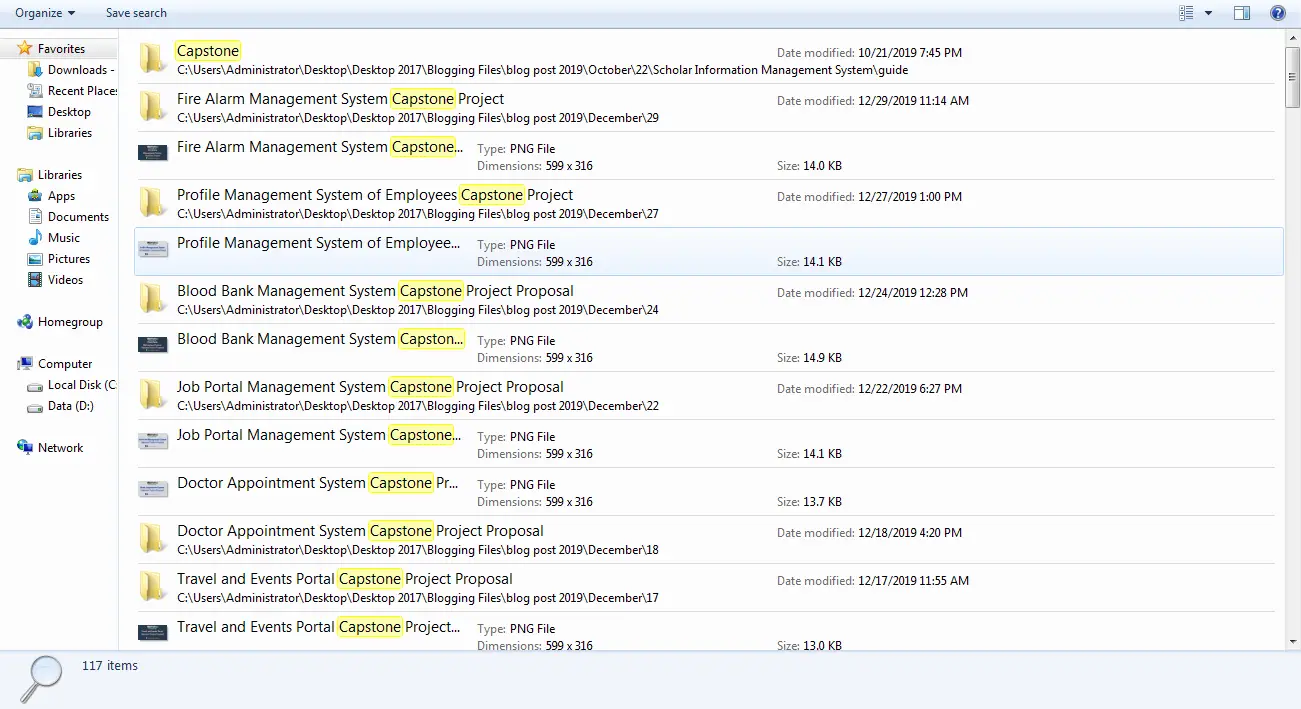PASCO Wireless Sensors List of Project Ideas
Introduction
PASCO Wireless Sensors represent a cutting-edge approach to science education, blending hands-on experimentation with real-time digital data collection. These sensors eliminate the need for wires and complex interfaces by using Bluetooth connectivity to link directly to devices like tablets, smartphones, and computers. The range of available sensors includes tools to measure temperature, motion, pH, force, light, sound, pressure, conductivity, oxygen, carbon dioxide, and more. This breadth of tools supports inquiry-based learning across physics, chemistry, biology, and environmental science.
By integrating PASCO sensors into the classroom, educators unlock a powerful tool to promote STEM engagement. Real-time data visualization helps students make immediate connections between theory and experiment. Students can design and execute experiments, collect and interpret data, and draw conclusions with scientific accuracy. These activities nurture essential 21st-century skills such as critical thinking, collaboration, communication, and creativity. The wireless nature of the sensors also allows for more flexibility in experiment design, including fieldwork and long-duration studies.
Furthermore, PASCO sensors are designed with user-friendly interfaces that reduce the learning curve for both students and educators. Their durability and reliability make them suitable for repeated classroom use, while the accompanying software (such as PASCO’s SPARKvue or Capstone) provides rich tools for data analysis. Overall, PASCO Wireless Sensors not only modernize science education but also make it more inclusive, engaging, and effective.

Educational Level Adaptations
Middle School
At the middle school level, science education focuses on developing curiosity and foundational scientific literacy. PASCO Wireless Sensors can be introduced through simple, relatable experiments. For example, using a temperature sensor to track how fast ice melts in different environments can teach basic principles of heat transfer. Projects should prioritize observation and data collection over complex analysis. Visual data displays help students build intuition about variables and patterns.
Teachers should emphasize hands-on engagement, encouraging students to make predictions, test hypotheses, and reflect on outcomes. Safety and simplicity are key. Projects like measuring the pH of household liquids or using a motion sensor to time how long it takes a toy car to roll down a ramp align well with middle school curricula and stimulate excitement about science.
High School
High school science shifts toward more structured inquiry and deeper content understanding. Students are capable of handling multi-variable experiments and engaging in more rigorous analysis. PASCO sensors allow high schoolers to explore abstract concepts like acceleration, reaction rates, or conservation of momentum through direct experimentation.
Sensors can be integrated into lab activities that align with NGSS or AP science standards. For instance, force sensors help illustrate Newton’s Laws, while CO2 and O2 sensors can be used in cellular respiration labs. Teachers can also challenge students to design their own experiments, fostering scientific reasoning and problem-solving skills. At this level, students should be encouraged to write formal lab reports and use sensor data in graphical and statistical formats.
College/University
At the tertiary level, PASCO sensors support advanced scientific investigation and data modeling. Students engage in open-ended research and use sensors for fieldwork, interdisciplinary studies, and long-term monitoring projects. Sophisticated tools such as the wireless spectrometer or dissolved oxygen sensor allow for complex analyses in chemistry and environmental science.
College-level labs can involve hypothesis-driven research using sensors, with emphasis on data accuracy, error analysis, and quantitative modeling. For example, physics students might use motion sensors for harmonic motion studies, while biology students might track real-time oxygen changes in aquatic ecosystems. The ability to export and analyze data with professional software supports development of real-world scientific competencies.
30 Innovative Project Ideas
Physics
- Measuring Acceleration on an Incline – Use a motion sensor to observe how changing incline angles affect an object’s acceleration. Sensor: Motion Sensor
- Investigating Newton’s Second Law – Study the relationship between mass, force, and acceleration using carts and force sensors. Sensors: Force Sensor, Motion Sensor
- Frictional Forces on Different Surfaces – Compare the frictional force needed to move objects over various surfaces. Sensor: Force Sensor
- Conservation of Momentum in Collisions – Use carts and sensors to observe elastic and inelastic collisions and verify conservation laws. Sensors: Force Sensor, Motion Sensor
- Simple Harmonic Motion Study – Track oscillations in a mass-spring system to determine spring constants and damping. Sensors: Motion Sensor, Force Sensor
- Projectile Motion Analysis – Measure the trajectory of launched projectiles to analyze speed, distance, and height. Sensor: Motion Sensor
- Impulse and Force During a Bounce – Examine how force changes over time during a collision with different surfaces. Sensor: Force Sensor
- Rotational Dynamics and Moment of Inertia – Measure angular velocity and torque to investigate rotational motion. Sensor: Rotary Motion Sensor
- Energy Conversion in a Pendulum – Analyze potential and kinetic energy in a swinging pendulum. Sensor: Motion Sensor
- Air Resistance and Terminal Velocity – Drop objects of different shapes and use sensors to observe how they fall through air. Sensors: Motion Sensor, Smart Cart with Velocity Measurement
Chemistry
- Endothermic vs. Exothermic Reactions – Monitor temperature changes in various chemical reactions to classify them. Sensor: Temperature Sensor
- Rate of Reaction Under Varying Conditions – Explore how temperature or concentration affects the rate of chemical reactions. Sensors: Temperature Sensor, Conductivity Sensor
- pH Changes During Titration – Use a pH sensor to create a titration curve and identify equivalence points. Sensor: pH Sensor
- Solubility and Temperature Correlation – Dissolve salts at various temperatures and observe solubility trends. Sensor: Temperature Sensor
- Gas Laws: Boyle’s and Charles’ Law – Investigate pressure-volume and temperature-volume relationships in gases. Sensors: Pressure Sensor, Temperature Sensor
- Conductivity of Ionic vs. Molecular Compounds – Compare the conductivity of different aqueous solutions. Sensor: Conductivity Sensor
- Electrolysis of Water – Measure pH and conductivity changes during electrolysis. Sensors: pH Sensor, Conductivity Sensor
- Buffer Capacity of Different Solutions – Test various solutions to evaluate how they resist pH changes. Sensor: pH Sensor
- Thermochemistry of Salt Dissolution – Track heat changes when dissolving different salts in water. Sensor: Temperature Sensor
- Investigating Le Chatelier’s Principle – Shift chemical equilibria and observe pH or temperature changes. Sensors: pH Sensor, Temperature Sensor
Biology/Environmental Science
- Photosynthesis and Light Intensity – Measure CO₂ levels to assess the rate of photosynthesis under different light conditions. Sensors: CO₂ Sensor, O₂ Sensor, Light Sensor
- Cellular Respiration in Yeast – Track O₂ consumption and CO₂ production during fermentation. Sensors: CO₂ Sensor, O₂ Sensor
- pH in Soil and Its Effect on Plant Growth – Test soil samples from different areas to study acidity’s impact on plant health. Sensor: pH Sensor
- Comparing Air Quality Indoors and Outdoors – Measure CO₂ concentration in various environments. Sensor: CO₂ Sensor
- Measuring Body Temperature Changes During Exercise – Record body temperature before, during, and after physical activity. Sensor: Temperature Sensor
- Oxygen Levels in Aquatic Environments – Evaluate dissolved oxygen in ponds or aquariums to understand aquatic health. Sensor: Dissolved Oxygen Sensor
- Transpiration in Leaves – Monitor humidity and temperature changes to assess water loss in plants. Sensors: Temperature Sensor, Humidity Sensor
- Decomposition and CO₂ Output – Observe CO₂ levels in decomposing organic matter. Sensor: CO₂ Sensor
- Ecosystem Monitoring in a Closed System – Track O₂, CO₂, and temperature in a sealed terrarium to study balance. Sensors: CO₂ Sensor, O₂ Sensor, Temperature Sensor
- Comparative Study of Natural and Artificial Light on Plants – Examine plant growth and photosynthesis under different light sources. Sensors: Light Sensor, CO₂ Sensor
Conclusion
PASCO Wireless Sensors open new possibilities for modern science education by making data collection intuitive, engaging, and immediate. To implement these tools effectively, educators should start with familiar topics and gradually build up to more complex investigations. Providing clear instructions, ensuring device compatibility, and scaffolding data analysis will help students succeed.
It’s also important to foster a culture of exploration. Encourage students to ask their own questions and design experiments around real-world issues that interest them. Modify the suggested projects to suit your teaching goals, student levels, and available resources. Collaboration with colleagues in other STEM disciplines can also help in creating cross-curricular opportunities using the same sensors.
Above all, remember that the goal is not just to teach students how to use technology, but to empower them to think like scientists. With PASCO Wireless Sensors, every classroom and outdoor space becomes a potential laboratory where curiosity leads the way to discovery.
You may visit our Facebook page for more information, inquiries, and comments. Please subscribe also to our YouTube Channel to receive free capstone projects resources and computer programming tutorials.
Hire our team to do the project.


